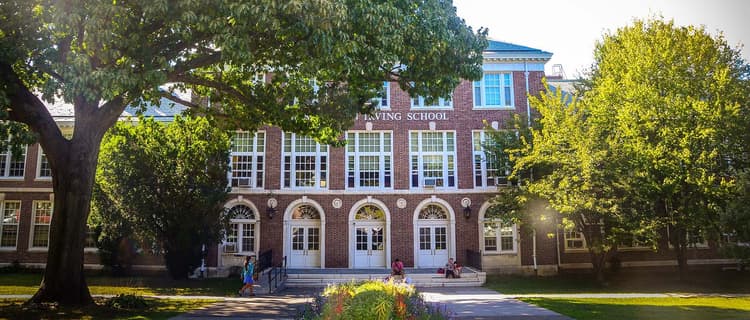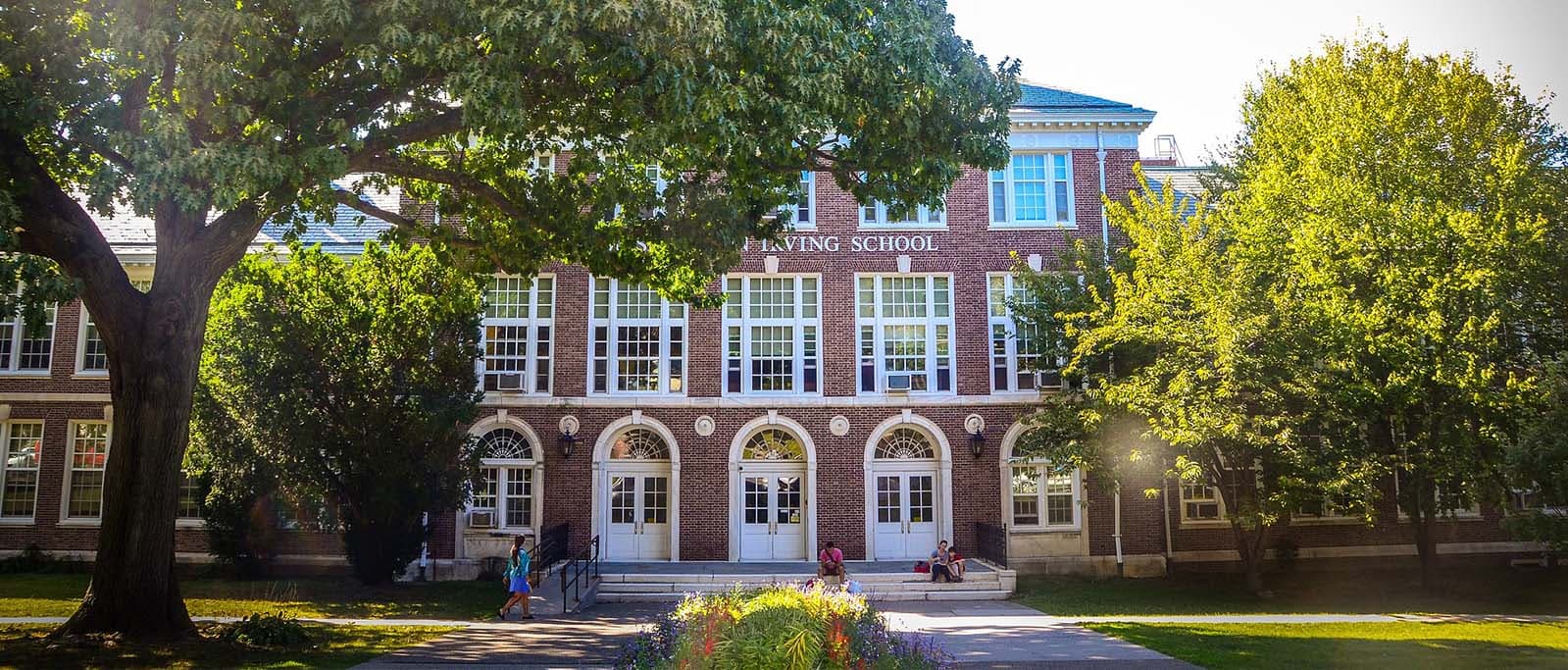The new forms align with the newer design of Banner 9 and offer the benefits of single sign-on authentication and an overall improved user experience.
How We Went from Ideas to Impact
The Idea
Support university in recreating its forms during its transition to a newer version of its Enterprise Resource System, Banner.
The Process
Redevelop forms from previous tech stack, Oracle Form Builder, to a more modern, open-source tech stack using PHP and JQuery.
The Impact
Modernized forms offering the benefits of single sign-on authentication and an overall improved user experience.

